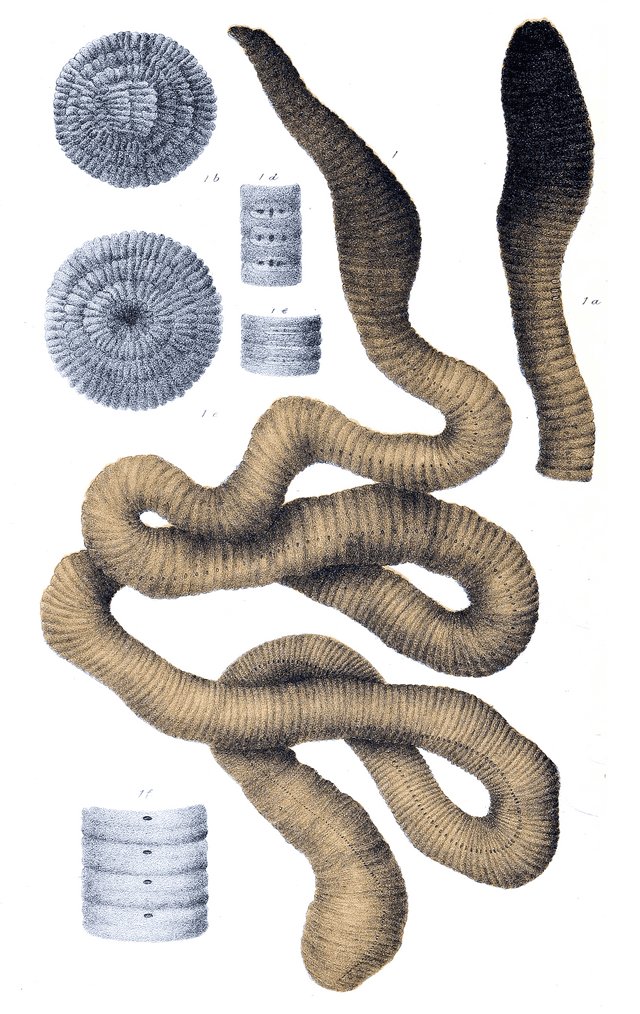
These earthworms are a little like the unsung heroes of the soil, tirelessly working underground, but not without their share of risks. With climate change, habitat loss, and invasive species threatening their existence, understanding their role in the ecosystem is more important than ever. This discussion will help clarify why these incredible creatures matter and what challenges they face.
What Makes the Giant Gippsland Earthworm Special?
The Giant Gippsland Earthworm (Megascolides australis) is a unique species that can be found in the lush, damp grasslands of Victoria, Australia. What sets them apart from your standard earthworm is their size—up to three meters long and 2.5 centimeters wide! Imagine pulling a long, squishy spaghetti noodle out of your garden. It’s not just their size that’s fascinating; their behavior and biology are equally intriguing.
These worms are quite long-lived, often surviving for decades. They thrive in the rich, moist soils where they play a significant role in nutrient cycling. When they burrow, they not only aerate the soil but also mix organic matter and minerals, making the soil healthier for plants. Think of them as nature’s little composters, constantly breaking down organic material and enriching the ground. They’re a vital link in the food chain, supporting various organisms, from microorganisms to birds.
Ecological Benefits of Giant Gippsland Earthworms
Let’s explore the major ecological benefits these giant earthworms provide:
Soil Aeration and Structure
Giant Gippsland Earthworms are champions of soil aeration. When they burrow through the earth, they create tunnels that allow air, water, and nutrients to reach plant roots more effectively. Healthy soil structure is crucial for plants to thrive, as it enhances their ability to absorb moisture and vital nutrients. This natural aeration improves drainage and helps reduce soil compaction, which is vital for maintaining crop productivity in agricultural regions. Ultimately, the presence of these worms makes the soil more resilient to environmental changes.
Nutrient Cycling
Another significant benefit is nutrient cycling. As these worms consume organic matter, they break it down into simpler forms that plants can easily absorb. This process boosts soil fertility and encourages plant growth, which benefits the entire ecosystem. Increased plant productivity means more food and habitat for other species, reinforcing the interconnectedness of the ecosystem.
Supporting Biodiversity
The Giant Gippsland Earthworm also plays a key role in supporting biodiversity. Their burrowing activity creates microhabitats in the soil, which can house various organisms, including beneficial bacteria and fungi. This creates a vibrant underground community that promotes a balanced ecosystem. More plants and animals thrive when there’s greater diversity, leading to healthier ecosystems overall.
Drawbacks of Giant Gippsland Earthworm Populations
While the Giant Gippsland Earthworm has several benefits, it also comes with drawbacks. Just like every good thing, it’s essential to recognize the challenges they present.
Vulnerability to Environmental Changes
These earthworms are particularly sensitive to changes in their environment. Habitat loss, especially due to urban development and agriculture, poses a significant threat to their populations. The destruction of their natural habitats leads to a decline in their numbers, which can disrupt the ecosystem balance. When their populations decrease, the beneficial processes they provide, like soil aeration and nutrient cycling, are diminished.
Impact of Invasive Species
Invasive species can also threaten Giant Gippsland Earthworms. When non-native species enter an ecosystem, they can outcompete native species for resources, leading to a decline in the local population of these earthworms. This competition can shift the entire ecological balance, affecting plant growth and the health of the soil. Invaders can disrupt the delicate relationships that these earthworms have with their environment.
Challenges in Conservation Efforts
Conservation efforts for Giant Gippsland Earthworms can be complicated. Due to their specific habitat needs, creating protected areas isn’t always straightforward, especially in regions facing land use pressures. Protecting their habitat requires a concerted effort from local communities, governments, and conservation organizations. If we neglect these efforts, we risk losing this remarkable species and the ecological functions it provides in its habitat.
Why This Matters for Ecosystem Health
The ups and downs of Giant Gippsland Earthworm populations significantly impact ecosystem health. A balanced ecosystem is essential for sustaining life, and when one species—like this giant worm—faces threats, the ripples of those changes can be felt throughout the food web.
Preserving the Giant Gippsland Earthworm not only helps maintain soil health but also ensures the well-being of various plants and animals that rely on a thriving ecosystem. Here’s the thing: by focusing on protecting these worms and their habitats, we’re also safeguarding our environment and promoting biodiversity.
In summary, the Giant Gippsland Earthworm is more than just an oversized worm; it’s a vital player in the health of its ecosystem. While it offers significant ecological benefits, such as soil aeration, nutrient cycling, and support for biodiversity, it also faces serious challenges, including habitat loss and invasive species.
To help protect these incredible creatures, we must be proactive in conservation efforts and advocate for their habitats. By doing so, we’re not just saving a species; we’re ensuring a healthier, more balanced ecosystem for everyone. Remember, every little effort counts, and even the most giant earthworm starts as just a tiny egg in the soil. Let’s nurture our earthworms and, in turn, nurture our environment!

